I wish someone had told me this before.
Oil painting is a timeless and captivating art form that has produced some of the world’s most iconic masterpieces.
While it may seem intimidating at first, there are fundamental rules that can guide you in your journey as an oil painter. In this blog post, we will explore three essential rules that every aspiring oil painter should keep in mind: from big to small, dark to light, and thin to thick.
Rule 1: From Big to Small
The first rule in oil painting is to start your composition with broad, large shapes and gradually work towards the finer details. This principle helps you establish a strong foundation for your painting and ensures that your artwork remains balanced and coherent.
Why is this important?
- Composition: Beginning with large shapes allows you to establish the overall composition of your painting. This is crucial because a well-composed painting is more visually appealing and conveys your intended message effectively.
- Proportion: Large shapes help you get a sense of proportion right from the start. By accurately capturing the size and placement of major elements, you reduce the risk of later realizing that your subject’s proportions are incorrect.
- Layering: Oil painting often involves layering paint to create depth and texture. Starting with large shapes allows you to layer more easily, as you can add smaller details on top of the established foundation.
Practical tips:
- Use large brushes for your initial sketches and underpainting.
- Focus on capturing the general forms and contours before diving into specifics.
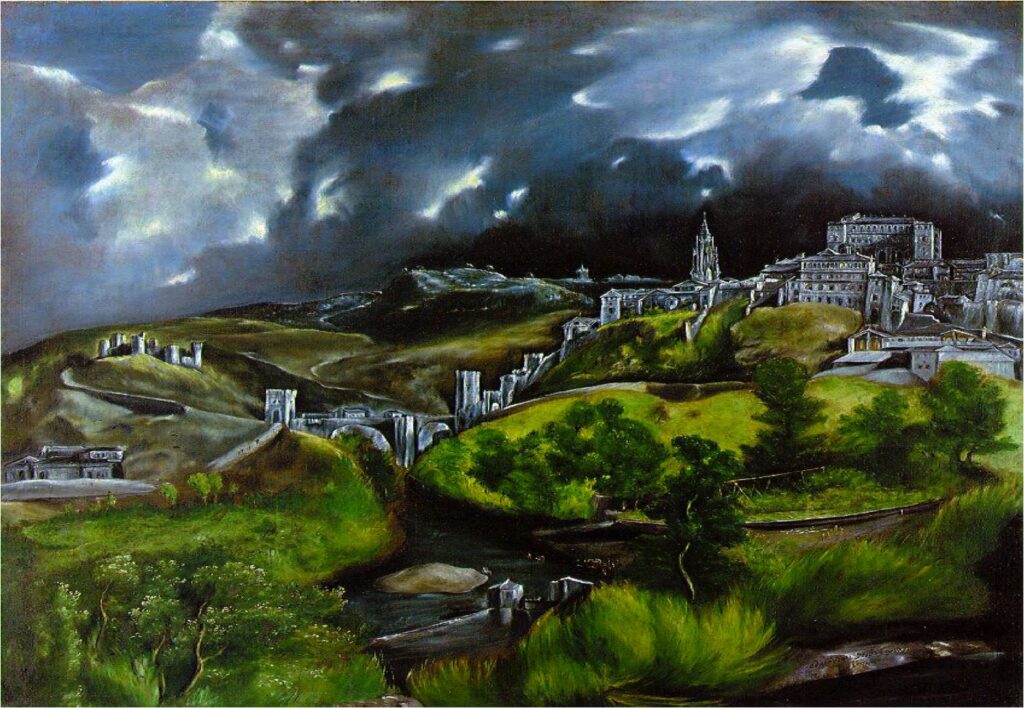
View of Toledo (c. 1600) by El Greco
Rule 2: From Dark to Light
The second rule in oil painting emphasizes the importance of gradually building up the tonal values in your artwork, moving from darker tones to lighter ones. This approach helps you achieve depth, dimension, and a realistic sense of lighting.
Why is this important?
- Depth and Volume: Starting with darker tones allows you to establish the shadows and define the three-dimensional quality of your subject. This gives your painting depth and volume.
- Control: Working from dark to light gives you better control over the values and prevents you from unintentionally making your painting too dark or too light.
Practical tips:
- Begin with identifying the darkest dark colors of a painting, usually the shadow area.
- Gradually add lighter colors and highlights to create contrast and depth.
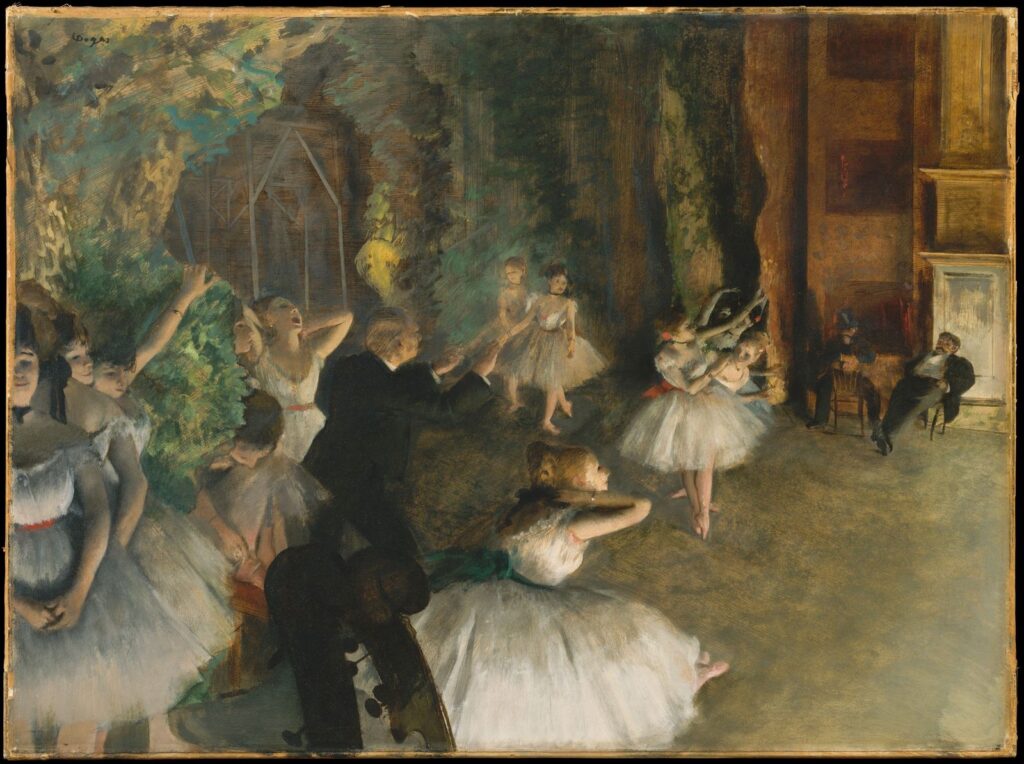
The rehearsal of the ballet on stage (1874), Edgar Degas
Rule 3: From Thin to Thick
The final rule in oil painting involves layering your paint from thin to thick. This approach not only affects the texture of your artwork but also ensures the longevity of your masterpiece.
Why is this important?
- Texture: Layering your paint from thin to thick allows you to create texture in your painting. You can achieve a variety of surface effects, from smooth and glossy to impasto (thick, textured layers).
- Drying Time: Thicker layers of paint take longer to dry. By starting with thinner layers and progressing to thicker ones, you can work on your painting over an extended period without worrying about your earlier layers drying too quickly.
- Durability: Thin layers of paint are more flexible and less prone to cracking over time. Thick layers may become brittle and crack as they dry, compromising the integrity of your artwork. It’s also called: “Fat over lean rule”.
Practical tips:
- Use a solvent or medium to dilute your paint for initial layers.
- As you progress, use thicker paint directly from the tube or mix it with a gel medium for impasto effects.
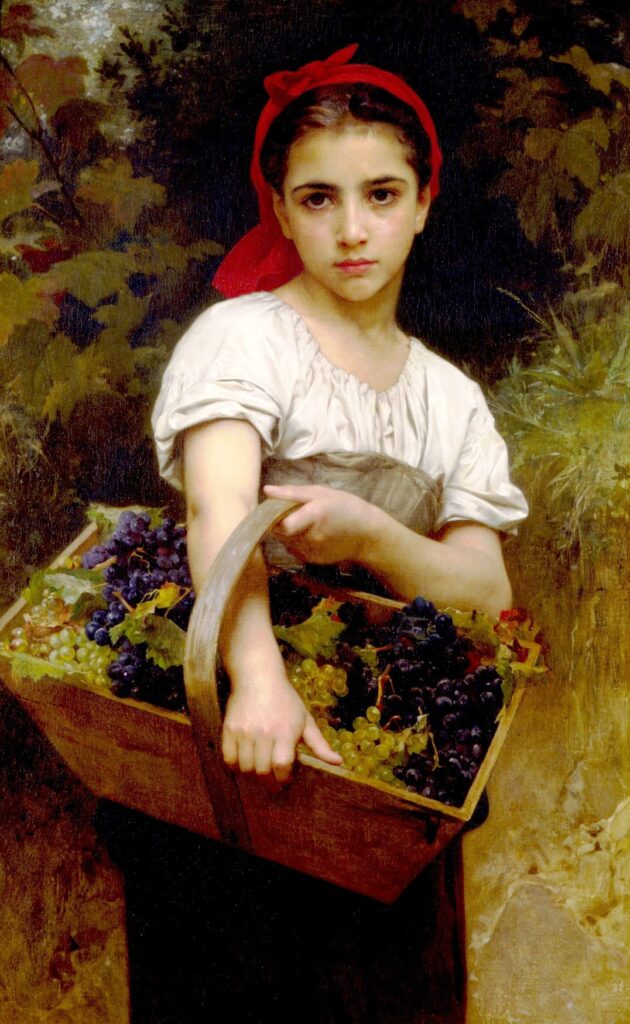
The grape picker (1875), William-Adolphe BOUGUEREAU
In the world of oil painting, mastering the art is a journey that requires patience, practice, and adherence to fundamental principles. By following the rules of “from big to small,” “dark to light,” and “thin to thick,” you can create paintings that are not only visually stunning but also structurally sound and enduring. These rules serve as a solid foundation upon which you can build your skills and develop your unique artistic voice. So, grab your brushes and palette, and embark on your oil painting adventure with confidence!
Check out this post about how to use color theory in oil painting:https://yingmclane.com/color-theory-guide-a-comprehensive-guide-for-artists/
Cheering you on!
Ying

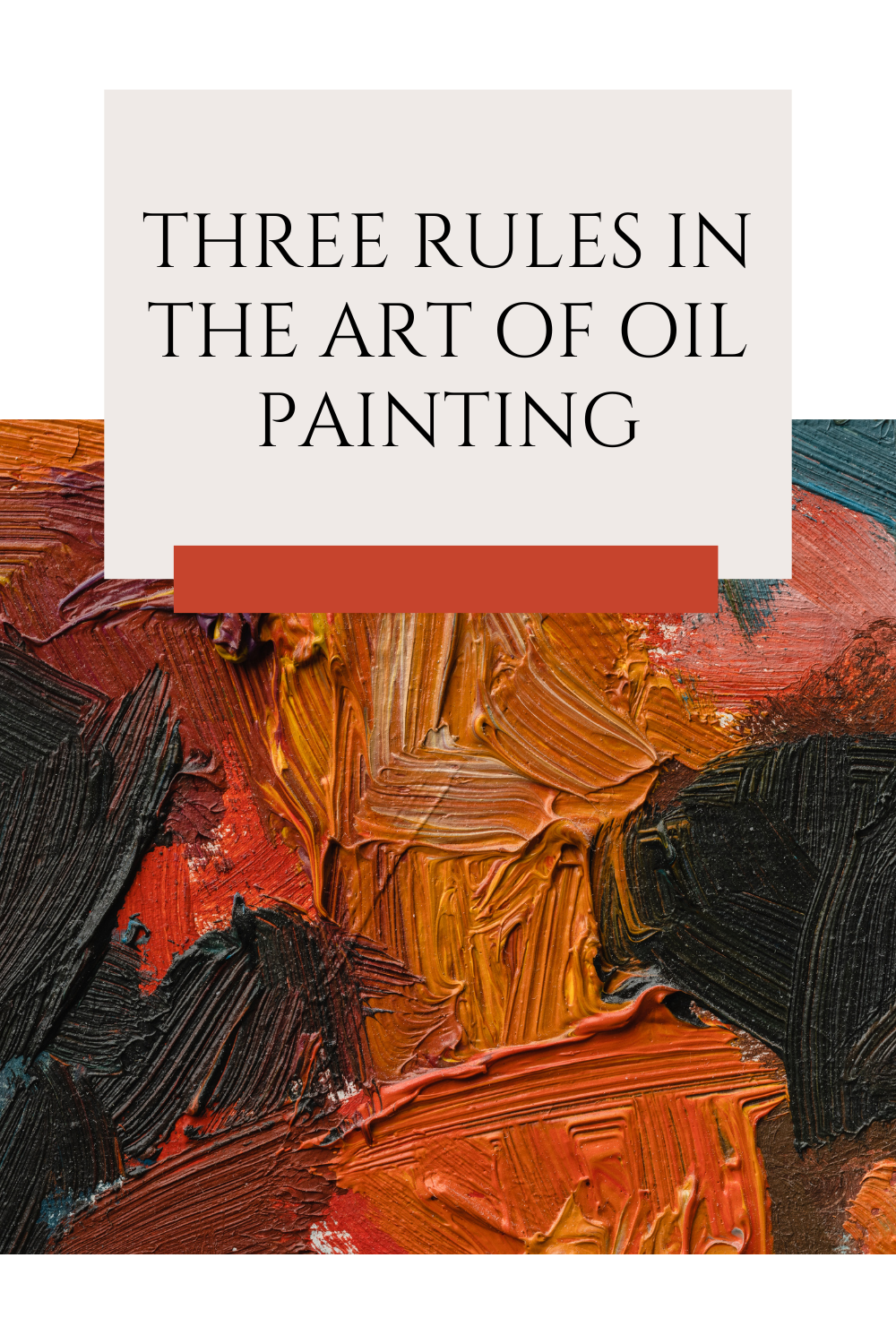
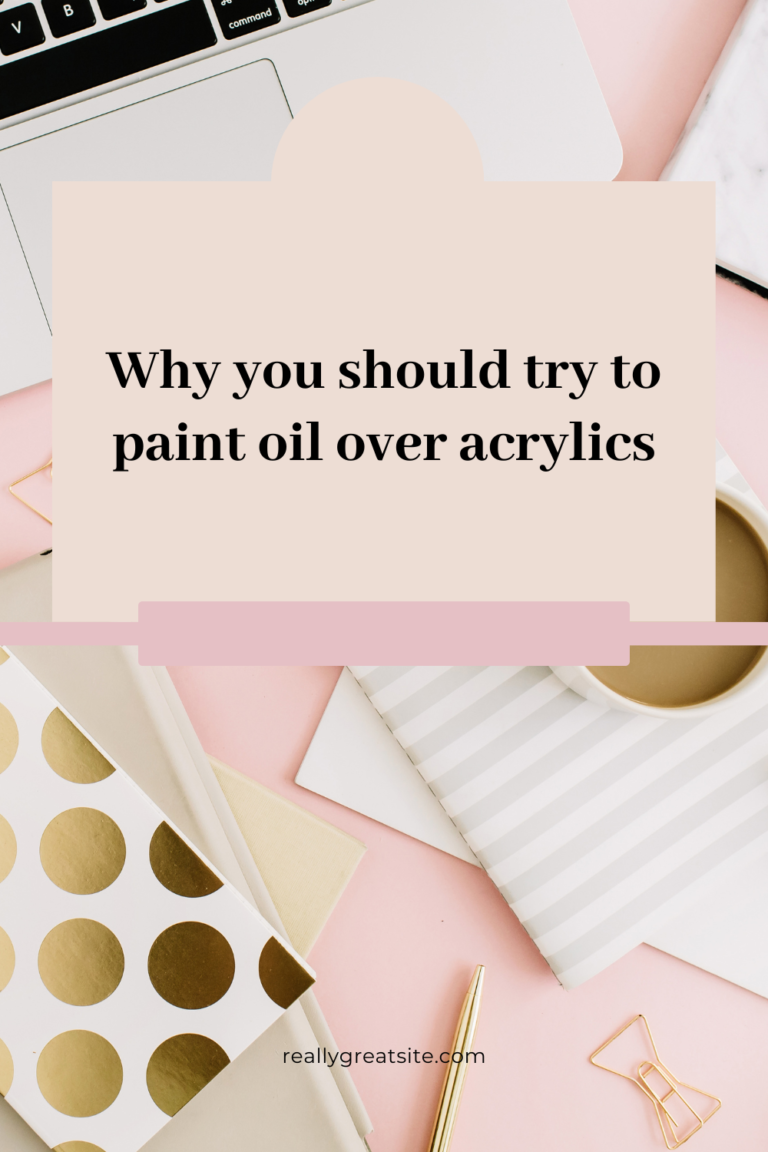

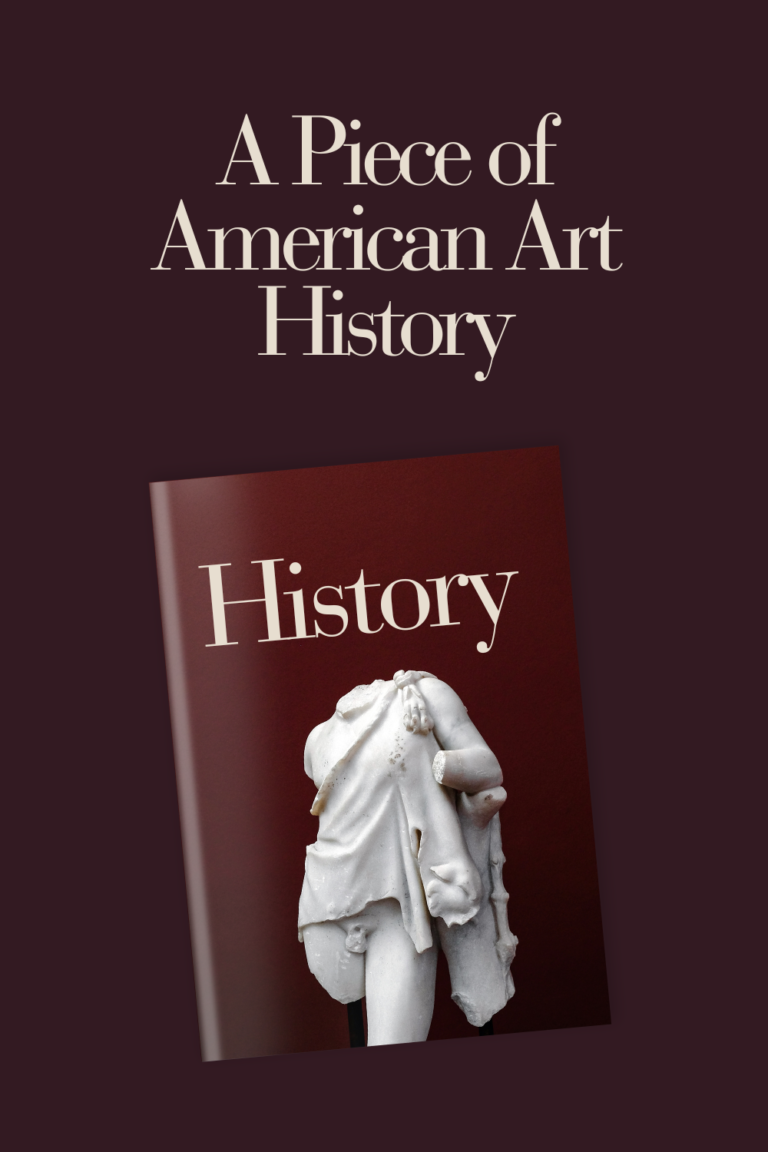
Pingback: Mastering the Art of Oil Painting Brush Strokes - Ying McLane
Dear Ying.
I love all this information that you have provided. I thought it was going to be a refresher, but instead it turned out to be a learning experience. I learned more on these pages than I did in my painting class. Thank you so much!
HI Liisa, you are too kind. I really appreciate your comments! let me know if you have any questions!